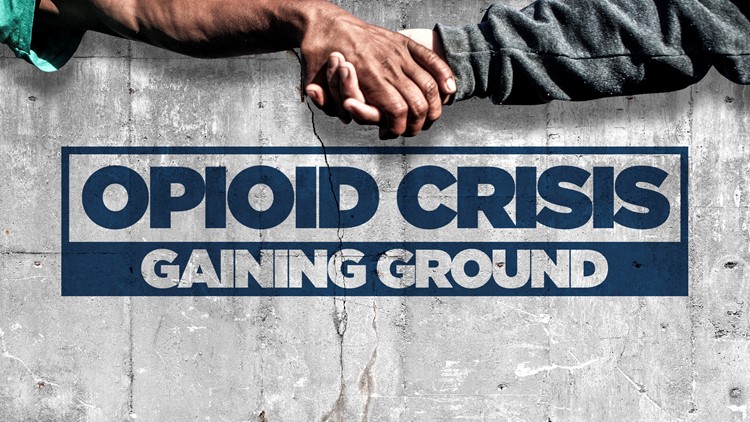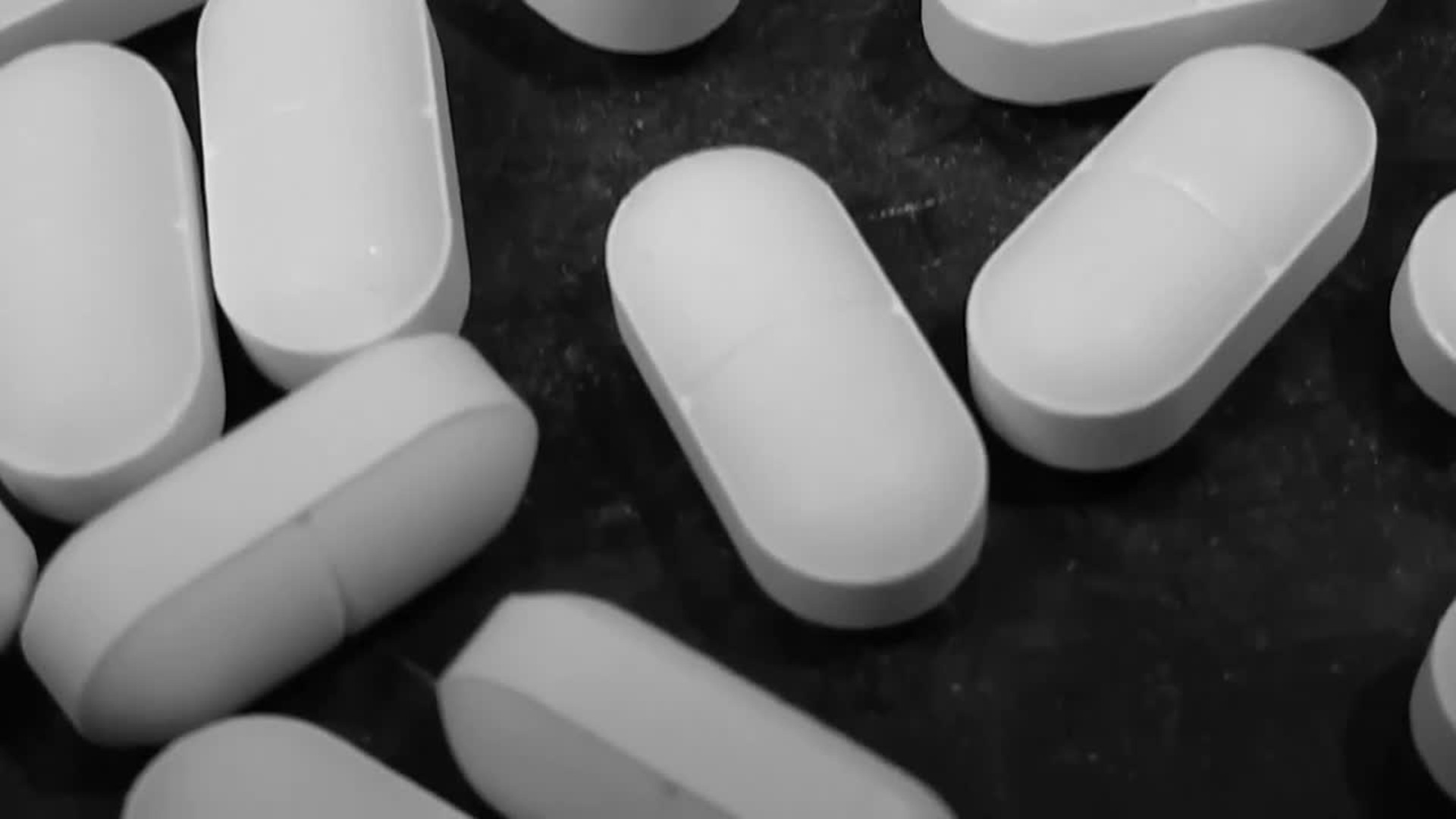TOLEDO (WTOL) - “I’ve been in and out of treatment since I was 20 years old. I literally been to 54 treatment centers, a few prisons, and, uh, nothing’s ever worked, ya know?”
Those are the words of Craig Parlatore, a recovering addict.
Parlatore’s story isn’t anomaly, it’s something similar many here living in northwest Ohio share - a deep addiction to drugs.
We search for answers to the question - Are we gaining ground on the opioid crisis in our community?
♦♦♦
Craig Parlatore faced a promising career. The Boston native was a standout hockey player. Then, a sports injury sidelined him in the late ‘90s. A doctor prescribed Oxycontin. His addiction was swift.
Less than a year later, “all my time was consumed on getting the drug or getting money to get the drug, because at this point, the doctor had shut me off, because it was like a six-seven month grace period,” Parlatore said.
Parlatore is not alone. He is one of several hundred people recovering from drug addiction in Lucas County. Here, opioid addiction claimed 150 lives in 2016, 142 lives in 2017, and while we wait for 2018 numbers, the Lucas County Coroner’s office says they seem comparable to 2017.
Yet the dip in those numbers offers hope. Doctors, police, treatment leaders, and others say they are gaining ground in the fight against addiction – from the expansion of Medicaid, to ensuring support for people once treatment ends, to getting police and doctors to work together.
“As a society, I think the biggest thing is realizing that although it may have started as a choice, unfortunately, we’ve learned that a majority of patients who become addicted to heroin were initially prescribed an opioid for an indicated medical reason,” said Dr. Michael McCrea, an emergency room doctor at Mercy Health St. Vincent Medical Center.
Parlatore recalls how the drugs were advertised.
“It was ’98, they came out, they had the commercial on TV: ‘You don’t get addicted to this drug,’ and it’s like the first painkiller that’s not addictive, ya know. And that was, that was definitely a lie,” Parlatore said.
♦♦♦
Through a perspective shift, law enforcement and doctors have found some common ground in the fight against addiction. No longer trying to arrest people out of addiction alone, law enforcement is working with doctors to save lives. Many of Toledo’s first responders seek to connect people to treatment.
The Lucas County Sheriff’s DART team exemplifies this. Officers build relationships with those battling addiction.
“Relapse is going to happen regardless, unfortunately. It’s a part of recovery for most facing this addiction," said Sgt. Steve Rogers of the Lucas County DART unit. "The thing is though, even if they do relapse, we’re still here for them. We’ll still transport them over to detox if needed. We’re still going to follow up with them whenever we can.”
Last year, the 12-member DART team celebrated an 80 percent success rate for getting people into treatment.
Yet our local officers say they do continue to fight the crisis in punitive ways. Last year, Toledo Police seized nearly 30,000 grams of opioids and other similar drugs. They want to punish those who are fueling the epidemic and not those those suffering from it.
“Giving them felonies on their record, it’s not helping the situation. Now, there are some users that are dealing, and those get handled appropriately," said Sgt. William Bragg of TPD’s Vice/Narcotics division. "So we’ll deal with that when that comes up, but if we can tell they’re just users, an addict, that’s one thing.”
♦♦♦
Another key factor helping to reduce the number of overdose deaths is former Gov. John Kasich’s expansion of Medicaid in 2015.
With that expansion, those struggling with addiction can seek treatment that would have otherwise been unaffordable. Many local treatment facilities serve a majority of clients who depend on Medicaid alone.
“What does the community want, what do they need, and can we do that and can we do that to the best of our ability?" posed Matt Bell of Midwest Recovery Center. "If we can, that’s what we’re going to do.”
Beyond the initial access to treatment, many here in Lucas County are working to ensure support for people when treatment ends. It is perhaps the most difficult piece in a person’s recovery, and the most difficult support to provide.
“But you have to stay clean for the rest of your life, and that’s when you’re with you, and you have to integrate back into society and live life on life’s terms," Bell said. "And that’s where a lot of people fail is when they have to be with themselves.”
♦♦♦
For a Boston boy in Toledo, it’s the people around him that mean the most in his recovery. It’s the support of one treatment facility that brought him here.
“I’m just glad to be here and be sober, like I just feel this is where I’m gonna get it, ya know?” Parlatore said.
For Parlatore, a nearly 20-year battle is beginning to gain ground.




